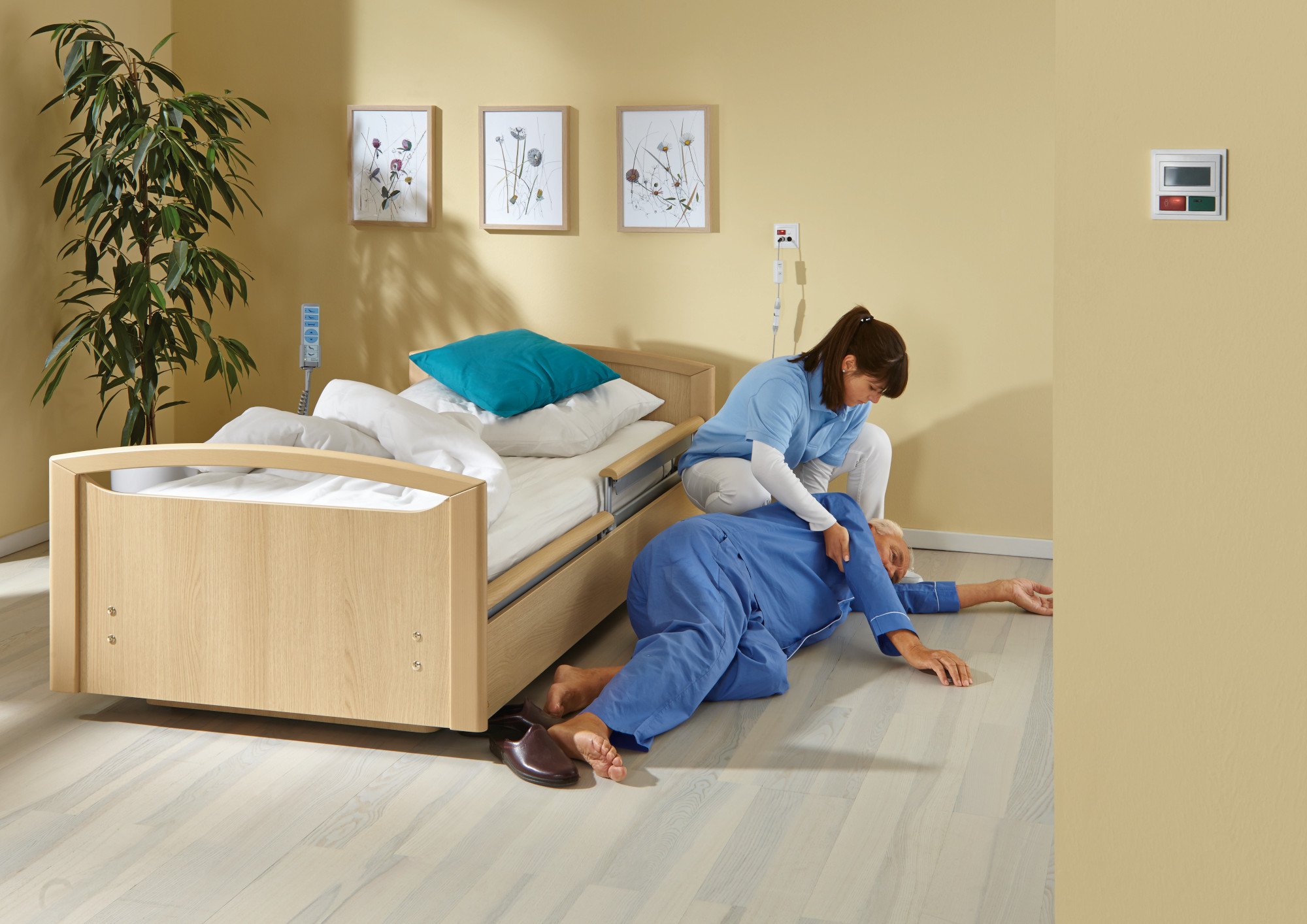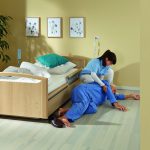Fortunately, most falls have no major physical consequences. Very often, however, fallen seniors lose their self-confidence and believe less in their own ability to perform. For this reason, older people are often afraid of falling again and therefore move less. They also often withdraw from social activities. This can lead to a vicious circle that can significantly reduce the quality of life. In this blog post we have listed the most important consequences of falls:
Health consequences:
About 80 percent of all falls are mild. Injuries here are mostly bruises, abrasions or lacerations, the latter usually on the head.
However, about five percent of falls result in fractures. In old people’s and nursing homes alone, more than 30,000 femoral neck fractures occur every year – around 25 percent of the cases diagnosed in Germany every year. In addition, around 30,000 other types of fractures are registered as fall effects every year. (See German Federal Ministry of Education and Research)
Psychological consequences:
After a fall, people are often afraid to move. This leads to insecurity and as a result physical activity is avoided. The muscles are weakened, the sense of balance and the ability to react diminish. This in turn increases the risk of falling again.
Social consequences:
The fear of further movement leads in the medium term to people withdrawing from their social environment. However, this usually leads to a loss of social contacts. Seniors thus become even more immobile and lose their social connection to their environment.
Economic consequences:
According to the German Federal Statistical Office, the costs incurred in Germany for the treatment of hip fractures amount to up to two billion euros per year.
Consequences for the nurse:
Every fall causes a higher nursing effort. This is because the worse mobility described above increases the risk of falling for the residents concerned and the strain on the nursing staff increases accordingly.


